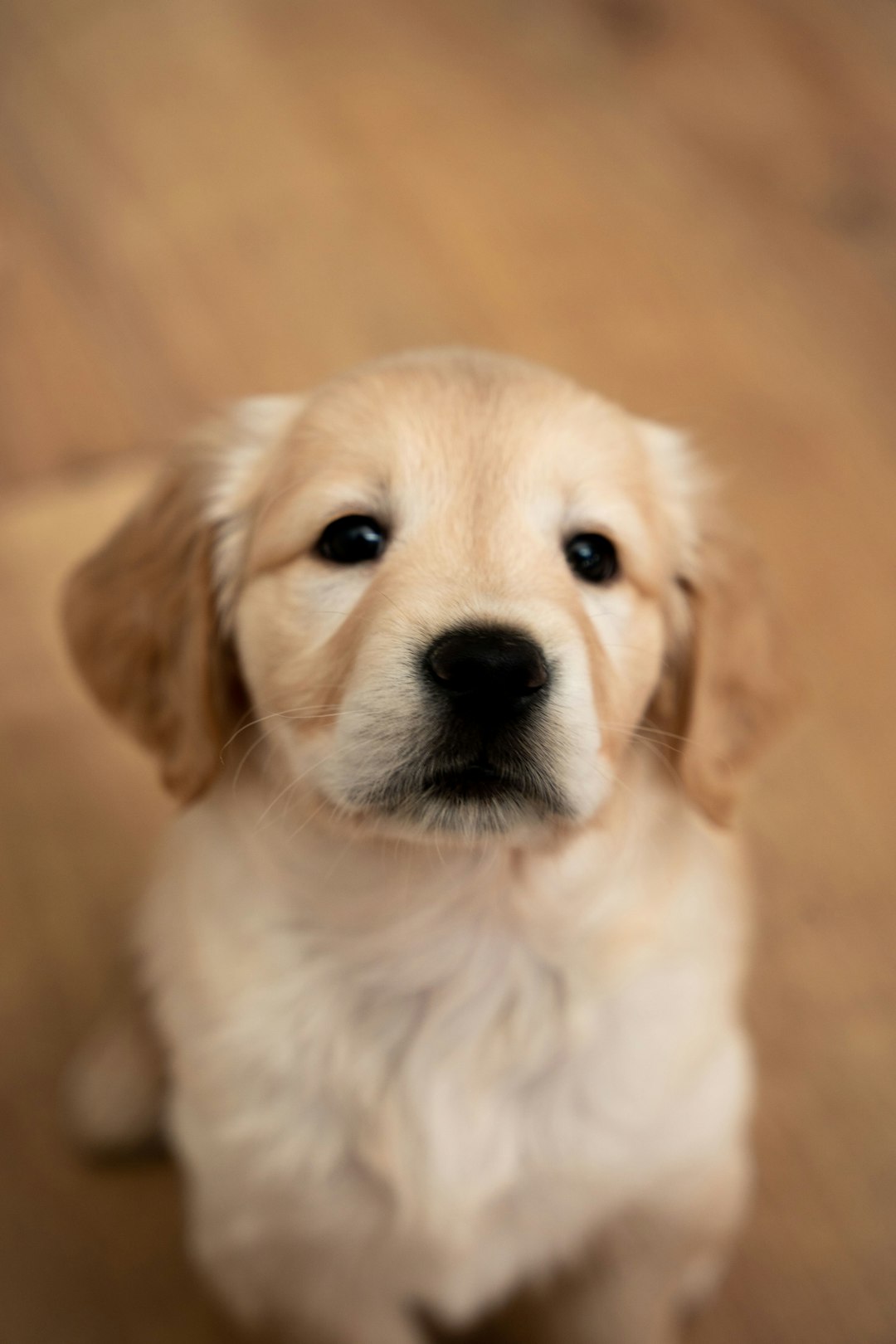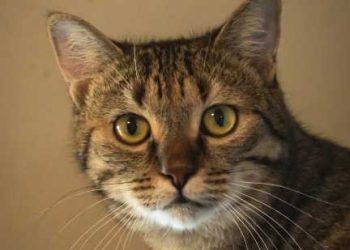Exploring the Different Types of Cat Litter: Which Is Best for Your Feline?
We all know that cats are meticulous creatures, especially when it comes to their personal hygiene. As responsible cat owners, it is our duty to provide our feline friends with a comfortable and clean environment. One essential aspect of maintaining a clean space for your cat is choosing the right cat litter. With so many options available in the market, it can be overwhelming to find the perfect one. Let’s explore the different types of cat litter and determine which is best for your furry companion.
1. Clay-based Litter:
Clay-based cat litter is one of the most common types available. It is affordable and offers good absorption, making it easy to scoop out waste. However, clay litter can produce a significant amount of dust when poured, which may not be ideal for cats with sensitive respiratory systems. Additionally, the clay particles can track around the house, creating a mess.
2. Clumping Litter:
Clumping litter is a popular choice among cat owners due to its convenience. This type of litter forms clumps when in contact with liquid waste, making it easier to scoop out, ultimately cutting down on odors. Clumping litter is available in both clay-based and plant-based variations, making it suitable for a range of preferences. However, it is worth noting that clumping litters can be heavy and may contain additives that could be harmful to the environment.
3. Silica Gel Litter:
Silica gel cat litter consists of small transparent beads that are highly absorbent. This type of litter can absorb moisture and control odor effectively, making it a popular choice for many cat owners. Additionally, silica gel litter is dust-free and provides a low tracking experience. However, some cats may find the texture of the beads uncomfortable, so it is essential to monitor your feline’s reaction.
4. Plant-Based Litter:
An environmentally-friendly option, plant-based cat litter is made from materials such as corn, wheat, or recycled paper. This type of litter is biodegradable and does not pose a threat to the environment. Plant-based litter offers natural odor control and is generally preferred by cats due to its soft texture. However, some plant-based litters may produce more dust compared to other options.
5. Wood Pellet Litter:
Made from recycled sawdust or wood fibers, wood pellet litter is another eco-friendly choice. This type of litter is highly absorbent and has natural odor control properties. Furthermore, wood pellet litter is lightweight and reduces tracking, making it convenient for both cats and owners. However, it may not clump as effectively as other types of litter, which could make it harder to clean.
Ultimately, the best choice of cat litter depends on your cat’s preferences and specific needs. It’s always recommended to try out different types and observe your cat’s reaction before settling on one. Remember, cleanliness and comfort are vital for your feline companion’s overall well-being. By selecting the right type of cat litter, you are ensuring a pleasant and hygienic environment for both your cat and yourself.













